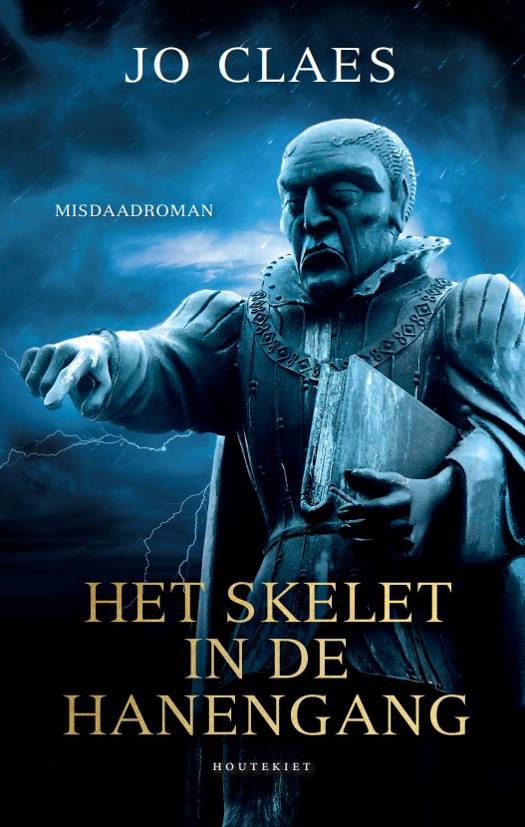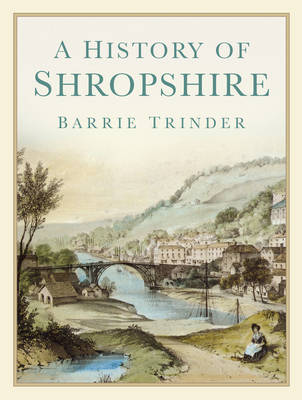
- Afhalen na 1 uur in een winkel met voorraad
- Gratis thuislevering in België vanaf € 30
- Ruim aanbod met 7 miljoen producten
- Afhalen na 1 uur in een winkel met voorraad
- Gratis thuislevering in België vanaf € 30
- Ruim aanbod met 7 miljoen producten
Zoeken
Omschrijving
Shropshire is England's largest inland county, extending from the fringes of the Black Country and the Potteries to the high sheep pastures of Clun Forest and the craggy heights of the Stiperstones.Dr Trinder's very readable narrative encompasses Shropshire's entire story, from prehistory to the 1990s. In Roman times, the citizens of Wroxeter enjoyed life in their elegant city beside the Severn, while later centuries of fighting along the Welsh border left a legacy of castles and fortifications, among them Offa's Dyke, one of the supreme achievements of the Dark Ages. Most of Shropshire's towns were deliberately planted in the early Middle Ages, among them Ludlow, one of the most beautiful towns in Europe. The development of the Shropshire iron industry, symbolised by the Iron Bridge, ushered in a period of industrialisation which has re-shaped the whole Western world. From 1788 to 1834 Thomas Telford was county surveyor, adding roads, canals and bridges of unfailing elegance to the landscape. During the two World Wars the county housed many military bases, while the most dramatic event of the post-war years has been the transformation of a legacy of industrial dereliction into the new town of Telford.This book is based on more than thirty years of Dr Trinder's original research and close first-hand acquaintance with the Shropshire landscape. He provides a fascinating framework for further research, a thought-provoking chronicle for Salopians wishing to know more about their history and an informative introduction to Shropshire for its many visitors.
Specificaties
Betrokkenen
- Auteur(s):
- Uitgeverij:
Inhoud
- Aantal bladzijden:
- 160
- Taal:
- Engels
Eigenschappen
- Productcode (EAN):
- 9780750983686
- Verschijningsdatum:
- 1/05/2017
- Uitvoering:
- Paperback
- Formaat:
- Trade paperback (VS)
- Afmetingen:
- 186 mm x 246 mm
- Gewicht:
- 376 g

Alleen bij Standaard Boekhandel
+ 62 punten op je klantenkaart van Standaard Boekhandel
Beoordelingen
We publiceren alleen reviews die voldoen aan de voorwaarden voor reviews. Bekijk onze voorwaarden voor reviews.











